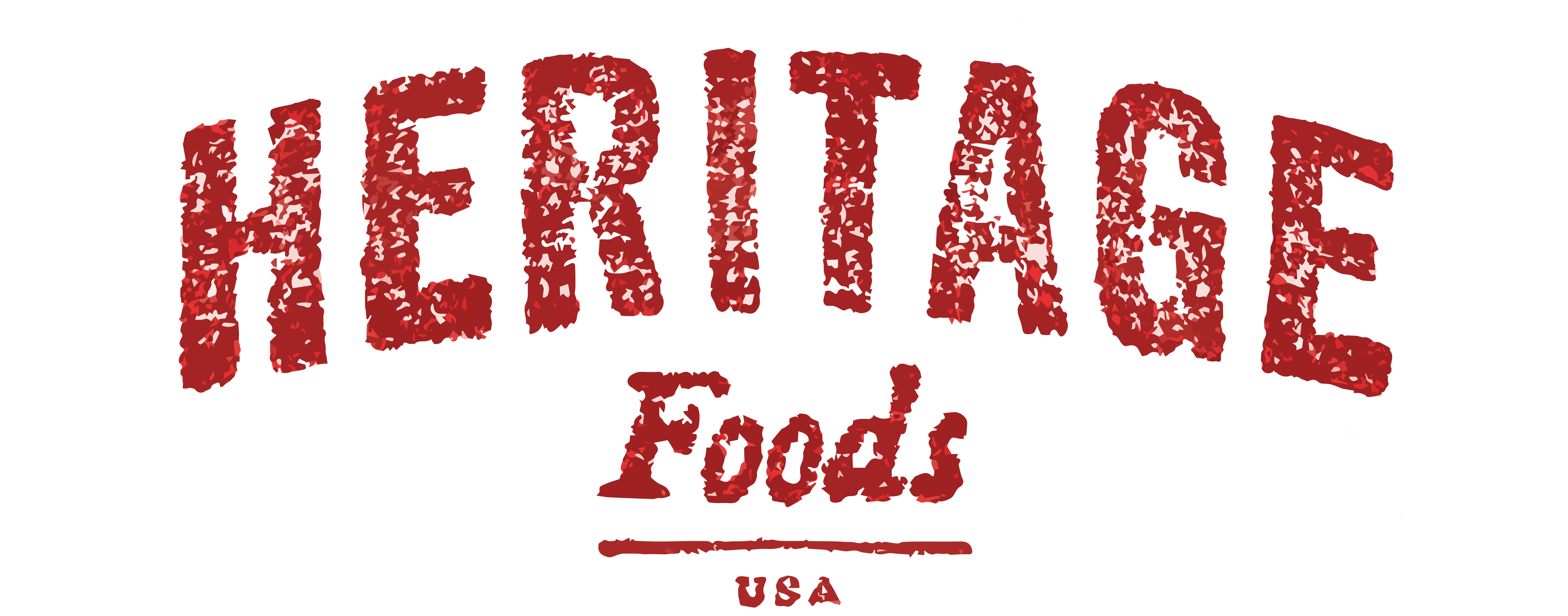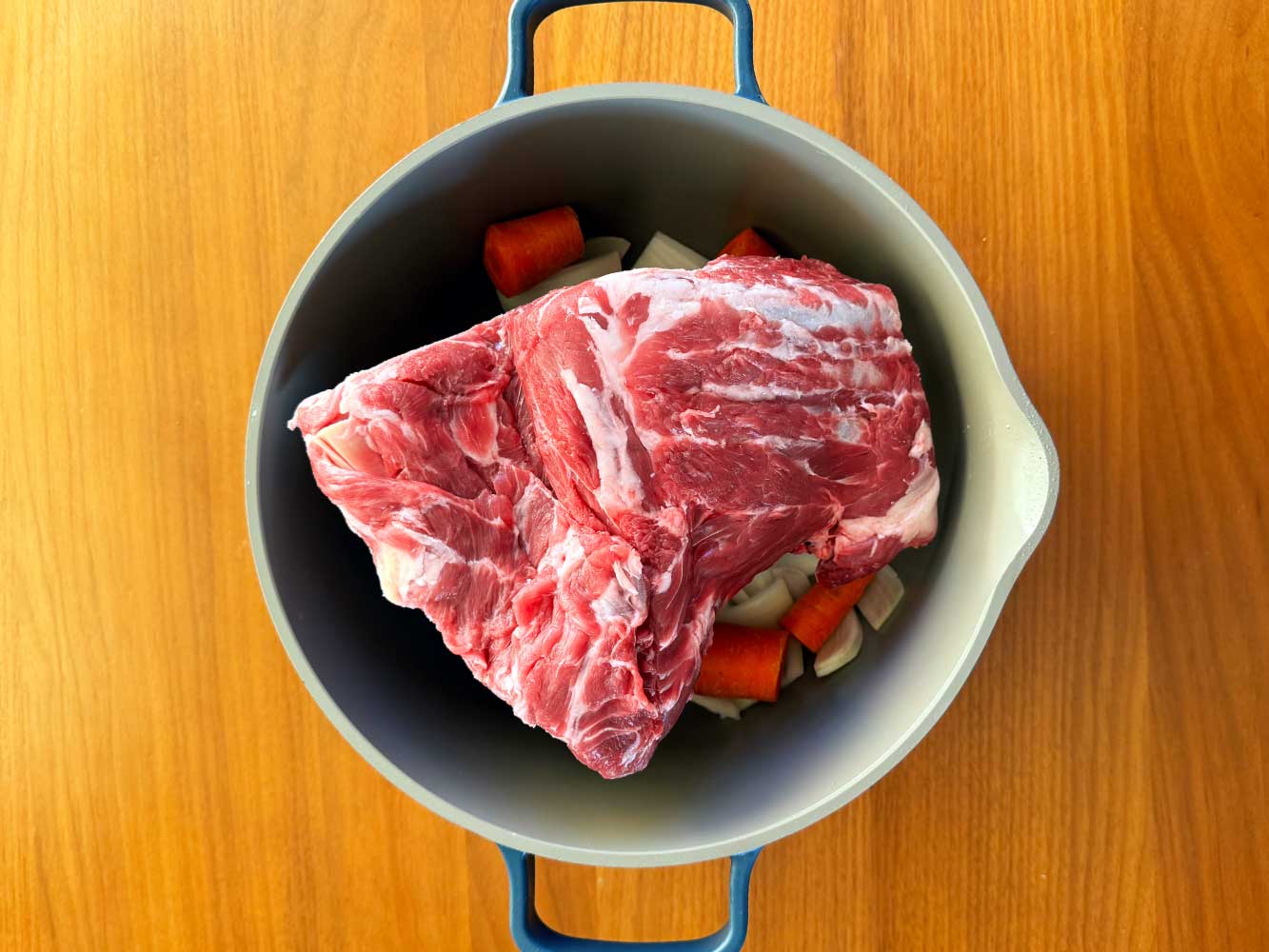
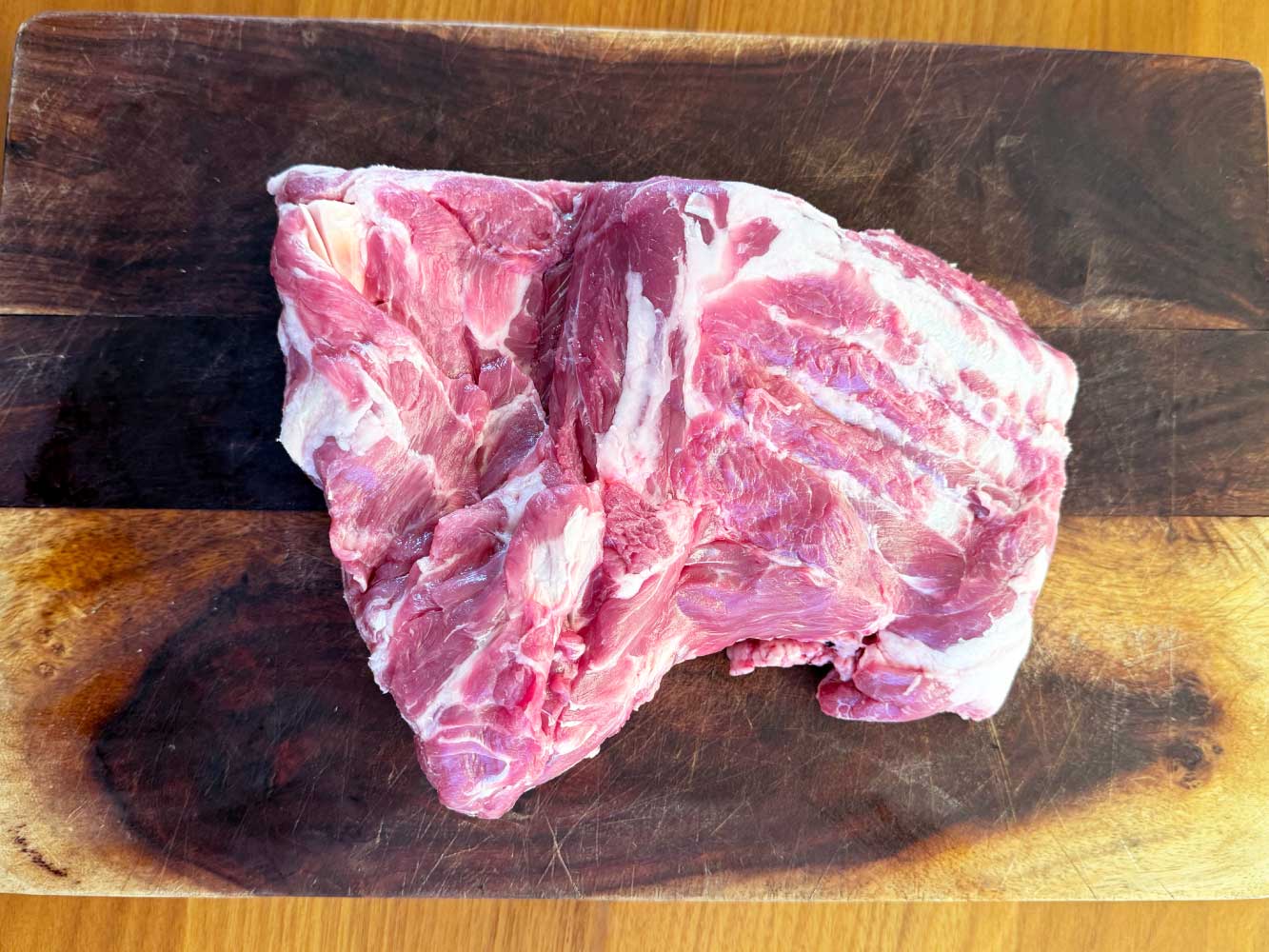
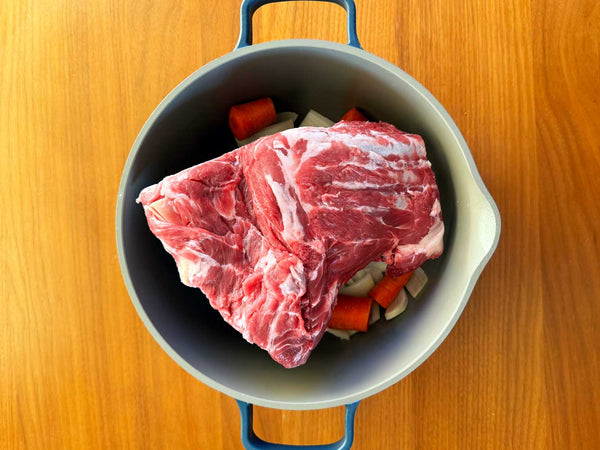
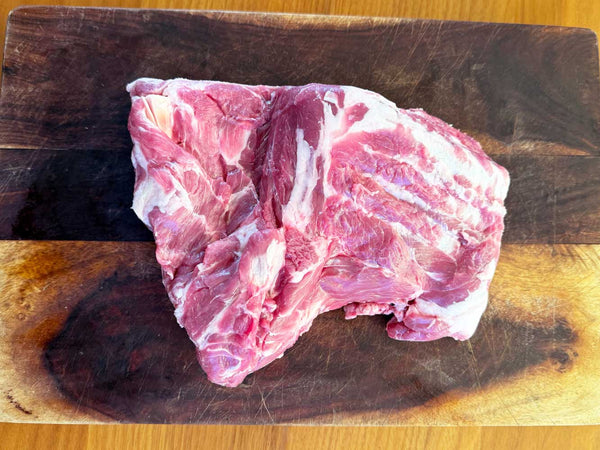


2-3lb total — Shannon Creek Farm
Goat Shoulder Bones
Shannon Creek Farm, Kansas Flint Hills
Two 1-2lb packs
Goatober is 15 years old! October is the natural season for goat meat, and as we have for over a decade, we are proud to feature cuts of goat as part of our effort to celebrate just how delicious goat meat is.
Those who experience goat for the first time marvel at how bright, lean, and floral it is. To prepare, take the bones out of the refrigerator an hour prior to cooking. Preheat your oven to 400℉, and roast the bones on a sheet pan until they are golden brown. Move the bones to a stock pot, cover with cold water and add your choice of vegetables such as onions, celery, carrots, and herbs. Bring the pot to a rolling boil and then turn the heat down and simmer for 4-6 hours or until the stock is deep brown in color with a rich flavor.
Although leaner than beef or lamb, goat bones impart rich flavors to stocks or sauces. Because goat meat has less fat, it lends itself to slow and low cooking including braises and barbecue — see our Cooking Tab for more information!
Goatober has come a long way since the great cheesemonger Anne Saxelby came up with the idea 15 years ago! Goatober was launched because dairies need to produce milk to make cheese, and the only way for an animal to make milk is to have babies. On goat dairies, whenever a male is born, unless it’s kept as a breeder, there is not much use for it since males do not produce milk and the market for male goats is not a large one in the United States. Some male babies are sold onto the commodity market to lead unhappy lives in confinement while others are euthanized.
We wanted to launch a project to keep all the kids on the farm, roaming the pastures, while also providing an additional source of income to the farmers. The natural mating cycle of goats is to be born in the spring and be ready for processing in the fall — that is why we call the project Goatober although it has gone by other names too like No Kid Left Behind!
Since 2010 Goatober has grown to become a celebration of all things goat, the most widely consumed protein on the planet!
Goat cuts ideal for slow and low cooking like braises and barbecue include leg, shoulder, ribs, and shanks, and goat chops and rack can be seared in a pan.
How to Prepare
1. Take the bones out of the refrigerator an hour prior to cooking.
2. Preheat your oven to 400℉, and roast the bones on a sheet pan until they are golden brown.
3. Move the bones to a stock pot, cover with cold water and add your choice of vegetables such as onions, celery, carrots, and herbs. Bring the pot to a rolling boil and then turn the heat down and simmer for 4-6 hours or until the stock is deep brown in color with a rich flavor.
© 2025, Heritage Foods Powered by Shopify
